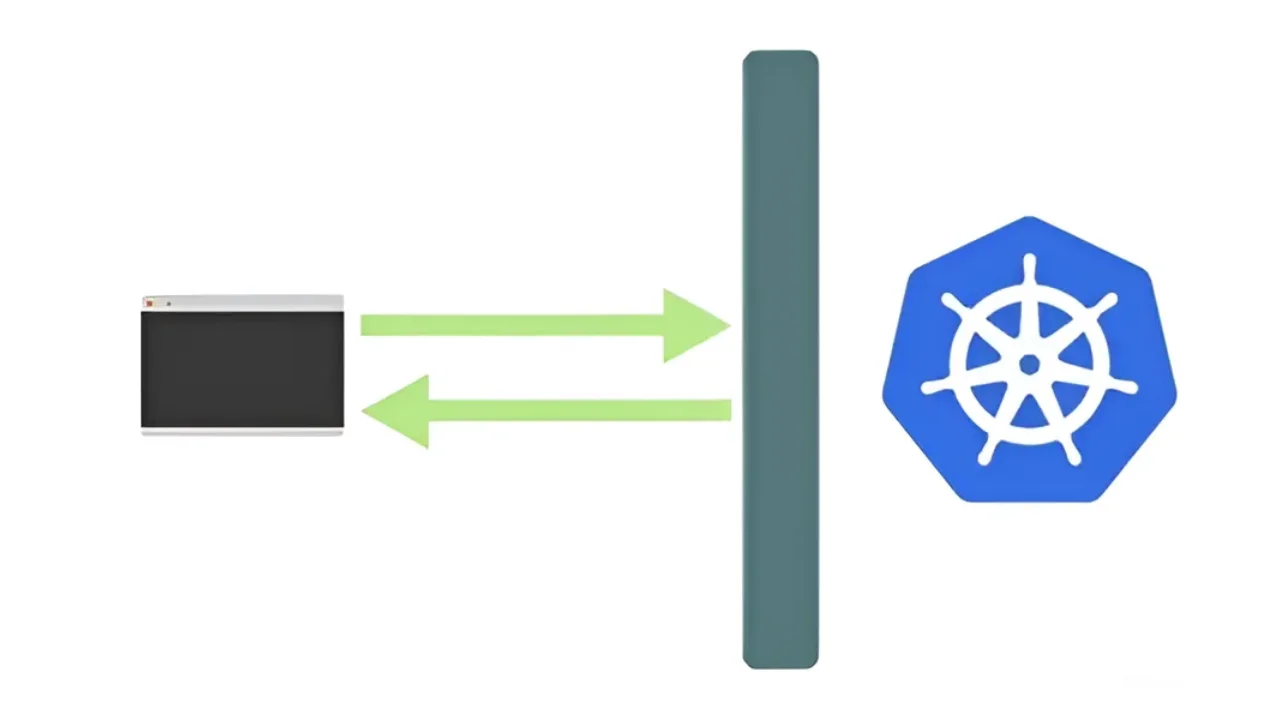
Securing the Core: Scalability, Speed, and Resilience for Digital Commerce
The Invisible Infrastructure War: Why SMBs Must Prioritize Speed and Security
As a technology journalist who spends too much time wading through the endless sea of cloud buzzwords, I’ve noticed a persistent, dangerous disconnect. On one side, you have the hyperscalers talking about quantum computing and serverless edge functions. On the other, you have the backbone of the global economy—small and medium businesses (SMBs), eCommerce managers, and digital agencies—who are simply trying to keep their stores running fast, secure, and profitable.
For this audience, infrastructure isn’t an abstract cost center; it's the foundation of revenue. A slow checkout page, a sudden traffic spike that crashes the server, or a minor security vulnerability can all translate immediately into lost sales and reputation damage. In the digital economy, speed and resilience are not premium features—they are prerequisites for survival.
Drawing on the core principles of enterprise-grade security architecture, this article translates complex cloud requirements into actionable strategies for digital business leaders. We will explore the vital intersection of high-performance delivery, structural scalability, and proactive **cybersecurity for SMEs**. Because when you are racing to capture market share, your infrastructure must act as an accelerant, not a drag chute.
The Three Pillars of Digital Resilience
To succeed in 2024 and beyond, businesses relying on web presence must master three interconnected domains:
- Performance: Ensuring minimal latency and superior user experience (UX).
- Scalability: The ability to absorb unexpected traffic spikes without failure (critical for **eCommerce scalability**).
- Security: Implementing foundational protection and a robust incident response plan.
These pillars inform the decision-making process when choosing your underlying stack—be it traditional virtual machines, dedicated servers, or modern, containerized environments. The best defense against failure is simplicity, automation, and a foundation built for immediate growth.
Pillar 1: The Performance Mandate—Making Speed Your Security Blanket
In the age of instant gratification, a sluggish website is functionally the same as a closed store. Google cemented this reality with the focus on Core Web Vitals (CWV), shifting the narrative from vague loading times to measurable user experience metrics (LCP, FID/INP, CLS). For eCommerce, this directly impacts conversion rates and SEO ranking.
Infrastructure choices have a profound impact on CWV:
- Geographic Latency: Where are your servers located relative to your customer base? Use of Content Delivery Networks (CDNs) and optimized network paths is non-negotiable.
- Database Speed: Is your database architecture optimized? Are complex queries slowing down page generation? Scaling the application layer is useless if the underlying data layer buckles under pressure.
- Resource Allocation: Shared hosting environments, while cheap, often guarantee neither performance nor isolation. Choosing dedicated or managed cloud hosting ensures resources are reserved and dedicated to your operations, improving website speed dramatically.
Insight for Agencies and Developers: When delivering a high-traffic client site, the choice of the underlying stack determines your ceiling. Utilizing environments that support high-performance database options and efficient containerization—like the kind simplified by STAAS.IO—allows agencies to deliver guaranteed speed metrics, turning infrastructure choice into a competitive advantage.
Pillar 2: Architecting for Dynamic Growth and Security Segmentation
One of the hardest challenges for growing businesses is preparing for success. The viral post, the Black Friday rush, the unexpected enterprise client—these events expose weaknesses in infrastructure rigidity and security posture simultaneously.
Enterprise security wisdom emphasizes **segmentation** and resilience—architecting systems so that a failure or breach in one area does not compromise the entire operation. This concept is critical, whether you run a massive SaaS platform or a high-volume Shopify store.
The Need for Environment Isolation
In the original security approach for startups, emphasis was placed on separating Dev, Test, and Prod environments. For SMBs and agencies, this principle translates into blast radius reduction:
- Separate Resources: Never let staging or development environments share network boundaries or sensitive credentials with production systems. A misconfigured development token (as seen in some real-world breaches) must not expose live customer data.
- Data Segregation: Payment processing systems, user databases, and core application logic should reside on highly segmented, strictly controlled networks (VPCs or similar constructs).
- Infrastructure as Code (IaC): Using repeatable, secure templates for deployment is paramount. If a system is compromised, you should be able to redeploy a secure version instantly, reducing downtime and ensuring configuration integrity.
This level of structural resilience often requires sophisticated underlying technology, traditionally found in complex platforms like Kubernetes.
STAAS.IO: Simplifying Enterprise Scalability
This is where the operational complexity of the cloud hits the SMB hard. How can a small team leverage the power of resilient containerization (Kubernetes-like structure) without hiring a dedicated DevOps team?
STAAS.IO was built specifically to shatter this complexity. By offering Stacks As a Service (SaaS, ironically), we provide the robust, scalable backbone that modern security architecture demands, but with unmatched simplicity.
“The modern requirement for agility and resilience demands containerization, but managing persistent storage and scaling in a native Kubernetes cluster is a full-time job. STAAS.IO eliminates that barrier. We adhere to CNCF containerization standards and crucially, offer full native persistent storage and volumes. This means your databases, file systems, and stateful applications scale seamlessly and securely across machines, offering true **eCommerce scalability** without vendor lock-in or the steep learning curve.”
By simplifying deployment (via CI/CD pipelines or one-click setups) and providing transparent, predictable scaling, STAAS.IO allows SMBs to focus on marketing and product development, confident that their infrastructure meets the rigorous standards of resilience and security required for segmentation and rapid recovery.
Pillar 3: From Perimeter Defense to Managed Resilience
For small businesses, the Shared Responsibility Model is often misunderstood. While cloud providers secure the physical data center, the customer (you) is responsible for data encryption, access management, operating system configuration, and application security. When operating with limited resources, relying on expertly managed services becomes a necessity, not a luxury.
Foundational Cybersecurity for SMEs
Effective security for an SMB moves beyond just installing an antivirus program. It requires integrating defensive measures into daily operations:
1. Zero Trust Access (The New Normal)
The core concept of Zero Trust is simple: Never trust, always verify. This applies equally to internal team members accessing the admin panel and external APIs calling your data.
- Enforce MFA: Multi-Factor Authentication must be mandatory for every account, especially administrative access to the hosting control panel and backend systems.
- Least Privilege: Team members (including agency partners) should only have the minimum access necessary to perform their job. No developer needs production database administrator access for routine tasks.
- Device Posture: For remote teams, use tools to ensure employee devices are patched and encrypted before they are granted access to corporate resources.
2. Secure Software Development Lifecycle (SSDLC)
If you or your agency builds custom features or integrations, security must be baked in, not bolted on:
- Input Validation: The OWASP Top 10 remains the bedrock. Validate every input to prevent SQL injection and cross-site scripting (XSS).
- Automated Scanning: Utilize automated tools (SAST/DAST) in the development pipeline to catch common vulnerabilities before they hit production.
- Supply Chain Audit: Understand the security posture of every third-party vendor, plugin, or open-source package you use. Legacy debt (unpatched plugins, outdated dependencies) is the single biggest attack vector for SMEs.
3. Monitoring and Incident Response Muscle
The ability to detect and respond to an intrusion quickly is often more important than the ability to prevent all intrusions. Small breaches become catastrophic when they go undetected for months.
- Log Collection: Ensure all access logs, system events, and application errors are collected and reviewed regularly.
- Runbooks: Even a simple incident response plan (who to call, how to isolate a server, how to communicate with customers) dramatically reduces panic and damage during a live event.
Case Studies: Lessons Learned in Data Exposure and Credential Theft
Analyzing recent breaches reveals consistent infrastructure and security failures relevant to every digital business:
The 23andMe Credential Stuffing Lesson
The high-profile 23andMe breach was largely facilitated by credential stuffing—attackers reusing passwords leaked from *other* breaches. This is a crucial lesson for every eCommerce store:
- Lesson for SMEs: If your user base is reusing passwords (and they are), you must protect their accounts with enforced MFA and robust detection systems for unusual login behavior.
- Data Minimization: Avoid collecting or storing sensitive data unnecessarily. If you don't need it, don't store it. If you must store it (like addresses), ensure it is segmented and encrypted at rest.
The M&S and Vendor Risk Reality
When UK retailer Marks & Spencer (M&S) suffered an incident, customer information was exposed. Similarly, incidents like the Pandora breach often trace back to a successful attack on a third-party vendor or integration partner.
- Lesson for Agencies: Every plugin, third-party API, and payment gateway introduces risk. Vet vendors aggressively. Ensure your **managed cloud hosting** provider offers robust isolation so that a compromise in one hosted application cannot pivot into another.
- Prompt Communication: M&S acted quickly to force password resets. Transparency and rapid action are key to preserving customer trust after a security event.
Conclusion: Choose Simplicity, Secure Complexity
For the SMB owner, the eCommerce manager juggling inventory, and the agency striving for client perfection, the infrastructure conversation must shift from 'cost vs. speed' to 'simplicity vs. complexity.'
Trying to deploy and manage hyper-scalable architectures like Kubernetes manually introduces operational complexity, which is the nemesis of both security and performance. True resilience comes from a stack that is inherently secure, massively scalable, and operationally simple.
Focus on foundational elements: optimize for website speed using dedicated resources, structure your environments for security segmentation, enforce Zero Trust access, and—most importantly—choose a platform that removes the operational burden of high-end infrastructure.
Don't let the pursuit of growth be hindered by infrastructure debt. Scale boldly, but ensure your foundation is built for both speed and resilience from Day One.
Ready to Scale Securely? A Call to Action
Are you an agency struggling to offer enterprise-grade scalability without the astronomical costs, or an eCommerce manager tired of unpredictable hosting fees and complex DevOps requirements?
STAAS.IO offers the perfect blend of performance, simplicity, and security. We provide a full-featured, CNCF-compliant cloud platform that simplifies Stacks As a Service, delivering:
- ✅ Predictable, simple pricing whether you scale horizontally or vertically.
- ✅ Full native persistent storage critical for secure, stateful applications (databases, file stores).
- ✅ Kubernetes-like scalability without the underlying complexity.
- ✅ Freedom from vendor lock-in.
Stop compromising on speed and security. Explore STAAS.IO today and build your next scalable, secure stack effortlessly.




